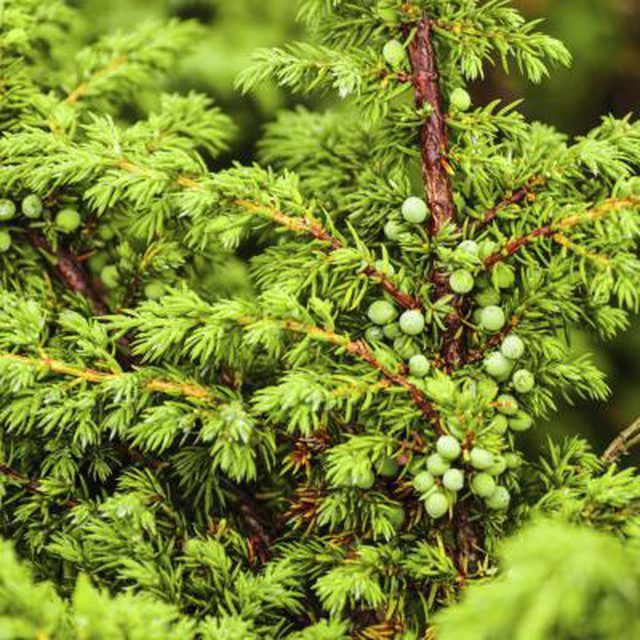Bulbs
Flower Basics
Flower Beds & Specialty Gardens
Flower Garden
Garden Furniture
Garden Gnomes
Garden Seeds
Garden Sheds
Garden Statues
Garden Tools & Supplies
Gardening Basics
Green & Organic
Groundcovers & Vines
Growing Annuals
Growing Basil
Growing Beans
Growing Berries
Growing Blueberries
Growing Cactus
Growing Corn
Growing Cotton
Growing Edibles
Growing Flowers
Growing Garlic
Growing Grapes
Growing Grass
Growing Herbs
Growing Jasmine
Growing Mint
Growing Mushrooms
Orchids
Growing Peanuts
Growing Perennials
Growing Plants
Growing Rosemary
Growing Roses
Growing Strawberries
Growing Sunflowers
Growing Thyme
Growing Tomatoes
Growing Tulips
Growing Vegetables
Herb Basics
Herb Garden
Indoor Growing
Landscaping Basics
Landscaping Patios
Landscaping Plants
Landscaping Shrubs
Landscaping Trees
Landscaping Walks & Pathways
Lawn Basics
Lawn Maintenance
Lawn Mowers
Lawn Ornaments
Lawn Planting
Lawn Tools
Outdoor Growing
Overall Landscape Planning
Pests, Weeds & Problems
Plant Basics
Rock Garden
Rose Garden
Shrubs
Soil
Specialty Gardens
Trees
Vegetable Garden
Yard Maintenance
How to Plant Juniper Shrubs
How to Plant Juniper Shrubs. The versatility of the juniper (Juniperus spp.) in the garden makes it a favorite for both commercial and home landscaping. Junipers range from creeping ground covers to wide shrubs to narrow, pyramidal forms. Evergreen, hardy and drought resistant, junipers require little or no pruning. Tolerant of pH and soil types,...

The versatility of the juniper (Juniperus spp.) in the garden makes it a favorite for both commercial and home landscaping. Junipers range from creeping ground covers to wide shrubs to narrow, pyramidal forms. Evergreen, hardy and drought resistant, junipers require little or no pruning. Tolerant of pH and soil types, the main requirements in planting junipers are full sun, well-drained soil and spacing to avoid crowding the mature plants.
Things You'll Need
Tape measure
Shovel
Utility knife
10-10-10 slow release fertilizer
Mulch
12-4-8 or 16-4-8 slow-release fertilizer
Anvil pruners
Ready-to-use neem oil spray
Planting Your Juniper
Measure the space to allow sufficient room between the plants. If the mature plants are 7 feet wide, plant the junipers 7 to 8 feet apart to allow for air circulation. If planting two different junipers, divide each one's mature width by two. Then add the two products together to find the appropriate spacing between the plants.
Dig a planting hole with a shovel, twice the width and the same depth as the grower's pot. Do not amend the soil.
Cut the grower's pot down the side with a utility knife. Carefully remove the juniper's rootball, crumbling around the edges with your hands or a knife to loosen the soil. Trim any broken or decaying roots.
Place the juniper in the planting hole at the same depth as it was in the grower's pot. Backfill with the excavated soil, tamping gently.
Water the juniper thoroughly to remove any air pockets around the roots. Scratch 2 teaspoons of a balanced 10-10-10 slow-release fertilizer into the top 1 to 2 inches of soil around the juniper and water again.
Add a 3- to 4-inch layer of mulch around and under the juniper. Pull the mulch back 4 inches from the trunk.
Juniper Care After Planting
Water twice weekly, adding 1 inch of water per week. One inch of water is approximately 6 gallons per square yard. After the first month, reduce watering to twice monthly or when the soil is dry to a depth of 3 to 4 inches.
Fertilize in early spring and late summer with a slow-release 12-4-8 or 16-4-8 fertilizer. Scratch 1/2 pound of fertilizer per 100 square feet into the soil under the juniper. Always water thoroughly after fertilizing.
Prune only to remove broken, crossing or dead branches. Junipers do not produce new growth on old wood, so cutting back to old wood leaves bare spots in the shrub. Keeping old or overcrowded growth trimmed back helps prevent blight and other fungal infections.
Monitor the juniper for pests, such as aphids, scale and spidermites. A strong blast of water knocks the pests off the shrubs; repeat as needed to discourage reinfestations. A severe infestation may be treated with a ready-to-use neem oil product. The infested branches and leaves must be soaked thoroughly, as the insects are killed by direct contact with the oil.
Tips & Warnings
Junipers thrive in U.S. Department of Agriculture plant hardiness zones 2 though 9, depending on the variety.
Creeping juniper varieties (Juniperus horizontalis), such as "Prince of Wales" and "Pancake" are only 6 inches tall and spread from 2 to 6 feet wide. They thrive in USDA zones 3 through 9.
Shrubs such as "Sea Green" (Juniperus ? pfitzeriana "Sea Green") grow 4 to 6 feet tall and 6 to 8 feet wide. "Sea Green" thrives in USDA zones 4 through 9.
Conical and pyramidal junipers range from 5 to 65 feet tall. The 5-foot-tall "Gold Cone" (Juniperus communis "Gold Cone") thrives in USDA zones 5 through 9, while red cedar (Juniperus virginiana) grows up to 65 feet tall in USDA zones 2 through 9.
Wear long pants, long sleeves, gloves, safety goggles and a dust mask to protect your skin, eyes and lungs when digging, planting, pruning and spraying around the juniper.
Keep all tools, fertilizers and pesticides out of reach of children and pets.
Avoid planting a juniper near apple and crabapple trees (Malus spp.) to prevent the transmission of cedar apple rust (Gymnosporangium juniperi-virginianae) from the juniper to the apple trees. Apples thrive in USDA zones 4 through 9.